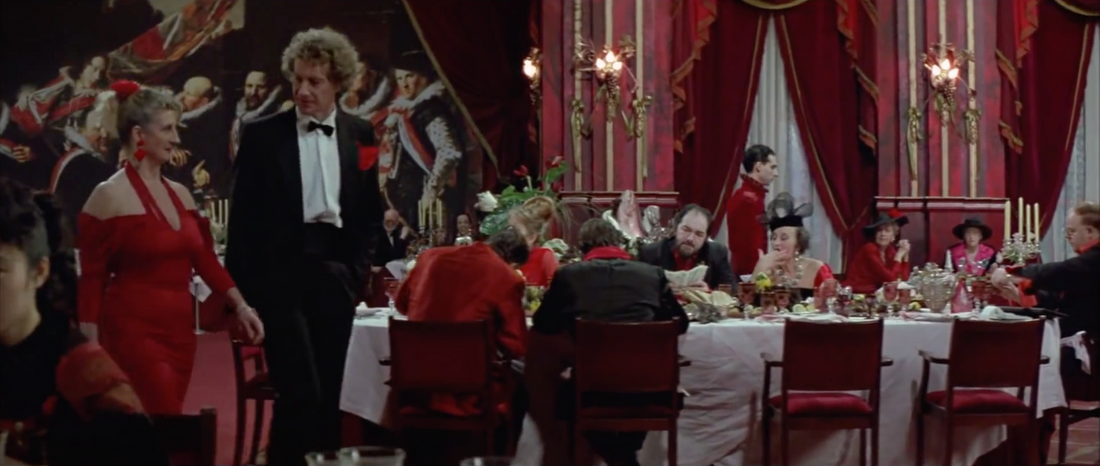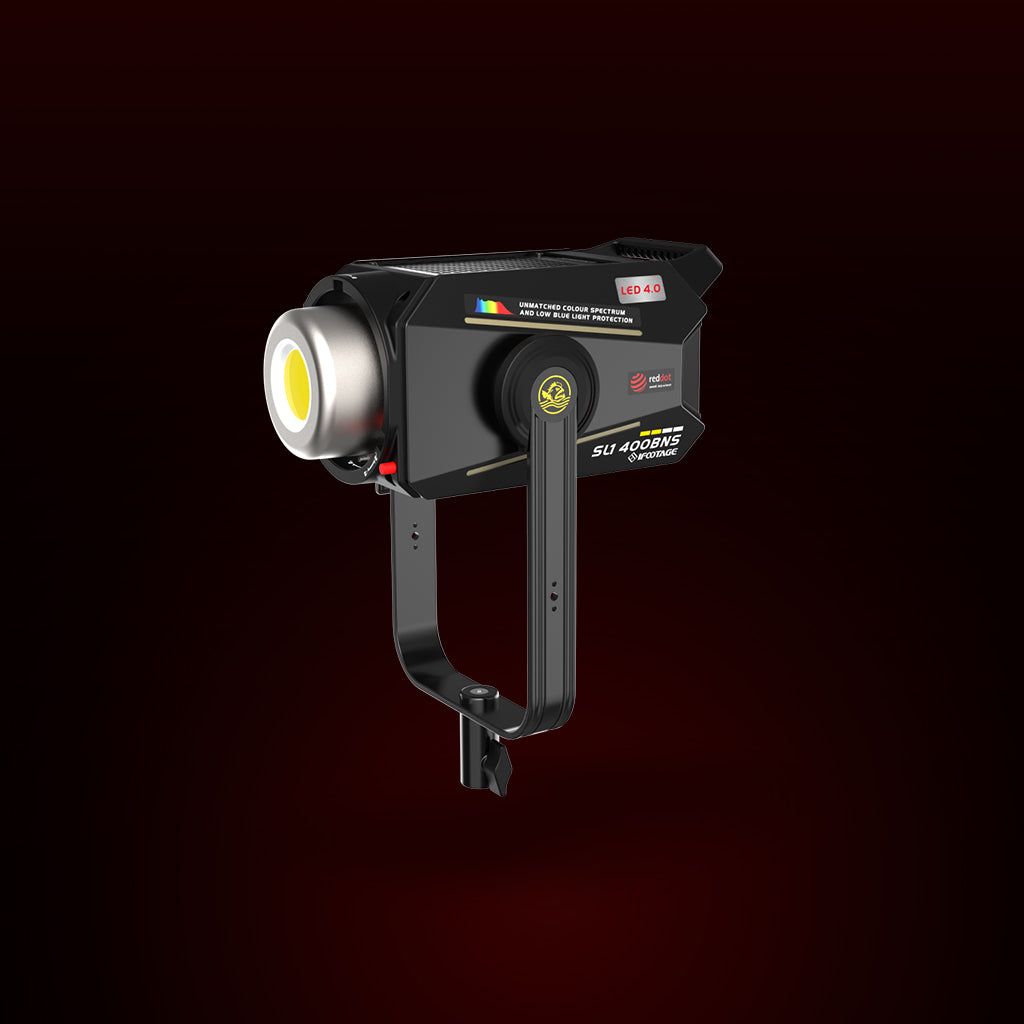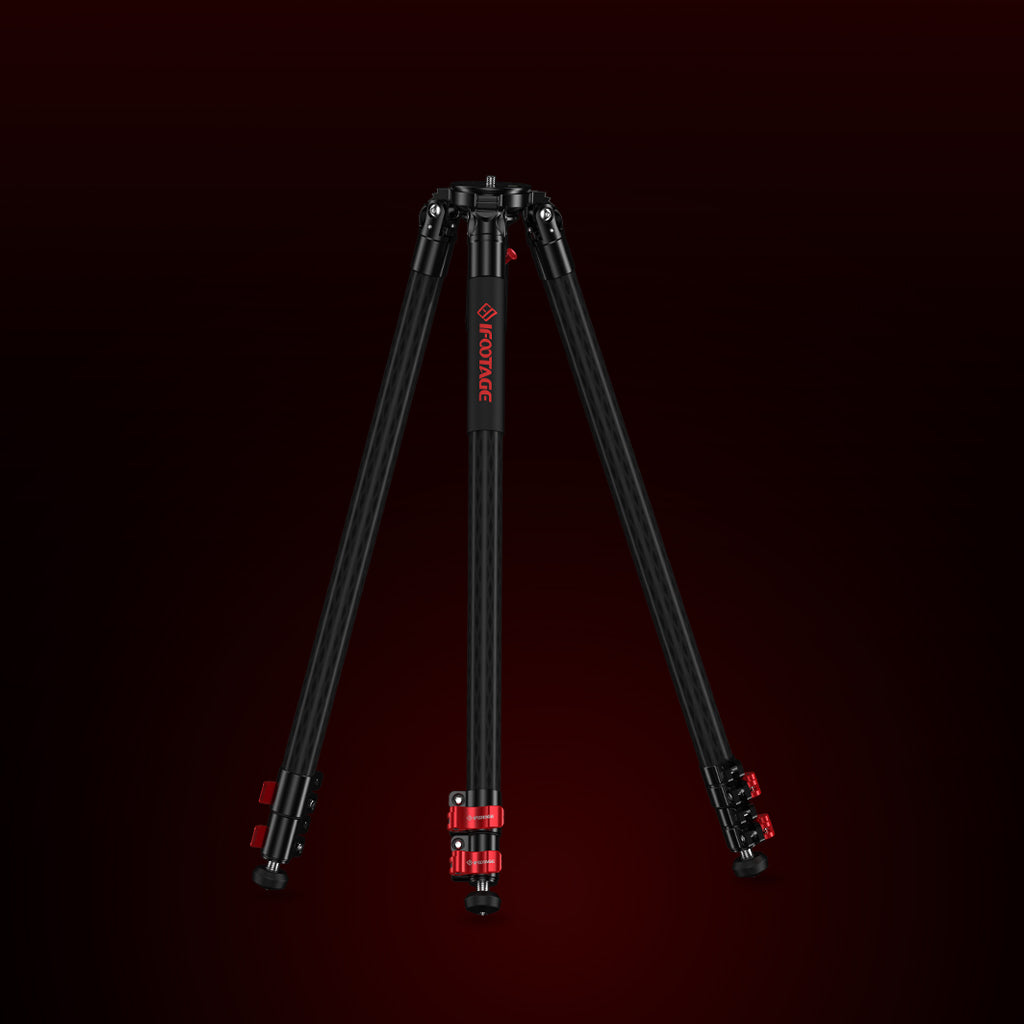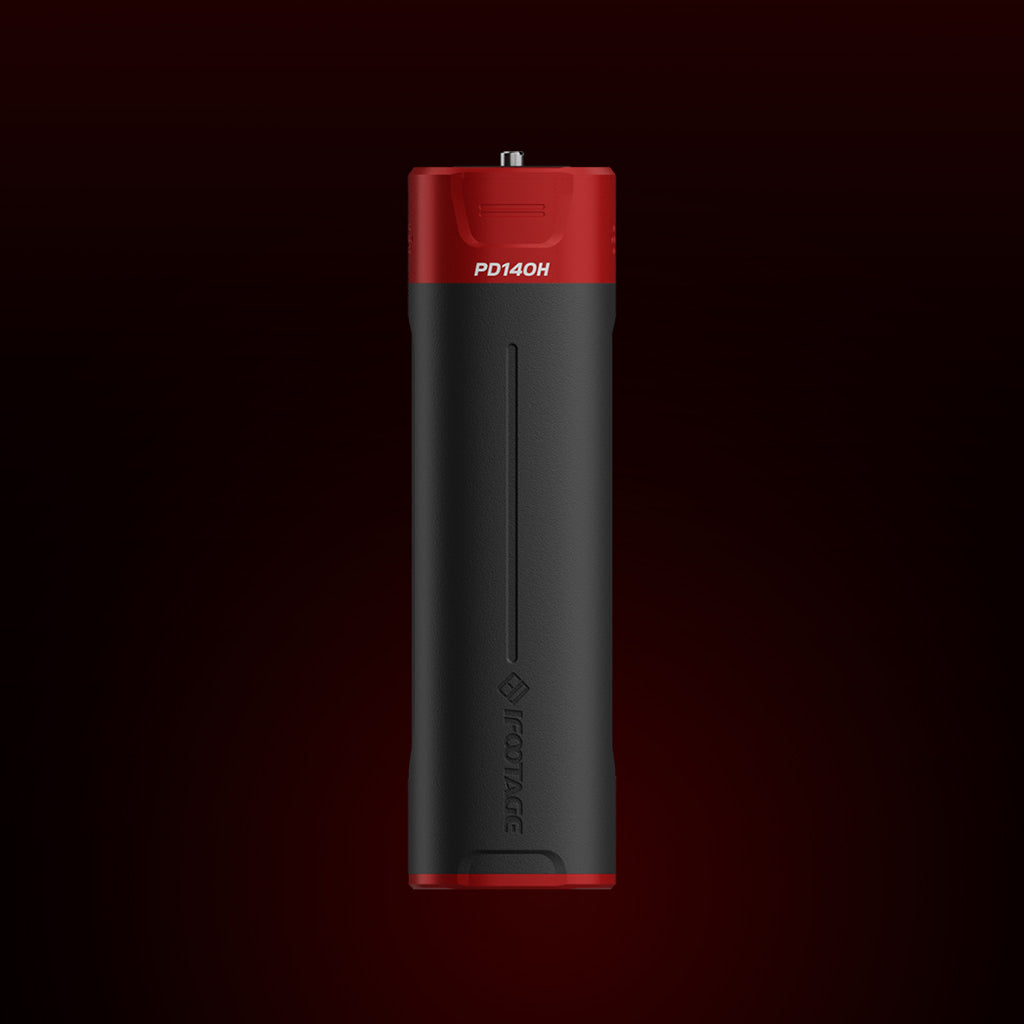Video Lighting - Part Two

In the first part of this Lighting blog I looked at the changes that have taken place with video lighting and the types of lamps available for studio and location lighting. (Video Lightning Part One). This second part gives a basic overview of why bother to light at all, information and further tips on lighting.
Why use lighting at all?
- It gives depth to shots and turns what would look two dimensional into wonderful three dimensionality
- It brings out the colours and contrasts within the shot
- It can direct audience attention to a subject or object
- It is a huge contributor to setting mood, emotion and style
- It demonstrates an essential part of the craft of moving image making
How to light
Light sensitive DSLR cameras and new and innovative lamps have changed how we approach lighting. The reason photographers frequently make successful videographers is because they understand light and its importance…...it’s fundamentally how we see the world both in real terms and increasingly, digitally, via cameras and screens. The fundamentals of the craft remain the same however, but the methodologies change.
There are a number of fundamentals that need to be considered: the first is that lighting can produce hard or soft light (diffused using a filter or frost). You need to decide which you want and why. The second is around the intensity of light which can be considered either high or low. High key lighting is emotionally associated with happiness and fun (over 60% of the image would be considered bright eg a holiday advertisement). There are few shadows or dark tones present and background sometimes look over-exposed. By contrast low key lighting may have in excess of 60% low to mid - dark tones and is frequently associated with sadness or melancholy. A good example of lighting defining mood is the Film Noir genre.


Some considerations:
- Light travels in a straight line. It cannot bend, but it can be deflected or bounced. This is an effective means of repositioning where your light falls by deflecting it to where you actually need it. This is also a useful means of softening or diffusing your light.
- Lamps are artificial light sources and need careful design and set up. This would include deciding exactly what you wish to light, both animate and inanimate objects and then building the lighting until you successfully produce the lighting state you intended.
- There are a number of lighting options available..decide which one will meet your specific needs. For instance, if you need lots of light for a scene, halogen lamps would be best, however, if the area you are lighting is localised eg an interview with background, then CFl’s or LED’s would probably do the job best of all
- The closer your subject is to the light source, the greater the intensity
- Larger lamps or light sources such as LED or CFL provide softer light
- Whenever appropriate, consider working with the existing lighting and use your own as additional light
- Have a good selection of colour correction gels and diffusion with you. Also, plenty of deflection materials such as pop up light deflectors, large sheets of white card or polystyrene, when strategically placed will allow you to re-direct and diffuse your lighting sources.
- Plan your lighting in advance and allow plenty of set-up and adjustment time
The new technologies available with DSLR cameras and lamps allow for a more flexible, low cost, innovative approach to lighting. There is an ever increasing range of different LED lights which include, panels, fresnels, rings, spots….all at varying costs, sizes and with varying functions and effects. Which ever lamps you choose to work with, you will need to ensure that your lighting is continuous and colour stable otherwise your editor will be facing a post-production correction nightmare and hate you for it!
Seven important lighting tips:
- Never leave lighting to the last minute. Design, plan and test prior to recording, whenever possible.
- Monitor your lighting set via your camera lens, preferably using a monitor or LCD screen so that you can get a realistic view of colour and balance.
- Maintain continuity of lighting throughout and keep shots for reference
- Manually white balance each set up
- Be innovative and creative with the natural light, your lamps, gels and deflectors
- Risk assess what you are doing to protect yourself, your team and members of the public
- Finally, adjust and amend your lighting setup until you are fully satisfied that it is achieving your goal-this is where planning, design and testing is important.
Summary:
Lighting is an art form in itself, which functions on many different levels, from the purely aesthetic, as in films by director Peter Greenaway (check out these clips from The Cook, the thief, his wife and her lover.)
to a single lamp used for a street interview. The purpose or intent of lighting is decided by you, it is also designed, planned and executed by you.
If lighting is important to you, give it the time and consideration that it deserves and enjoy the results. If you are thinking about purchasing new lamps, you will need to consider that type of video recording that you regularly undertake and the cost implications of your new lamps. A reasonable quality three LED panel, portable, lighting kit, with stands can cost as little as £175 and with care could see you lit for a couple of years, but it’s all about what you need and what you can afford.
The new LED lamps are much like many other tech products, in as much as you tend to get what you pay for. If you want great lamps then you'll need to shell out. A low cost lighting kit will provide you with what looks like low cost lighting and will be quite restrictive in what it can achieve. You may, of course, wish to consider building your own panel lights and there are plenty of Youtube videos and blogs showing you just how and why you should do that. One of the most recent and most informative is this one: https://www.newsshooter.com/2018/05/01/building-your-own-led-lights/
The real joy, however, is that you are no longer restricted by bulky, hot halogen lamps which needed a generator to power them when there was no mains power available. You now have access to a broadening range of different lighting systems which are portable and flexible to use. It will be interesting to see where future developments in lighting take us, but that’s a different blog.





